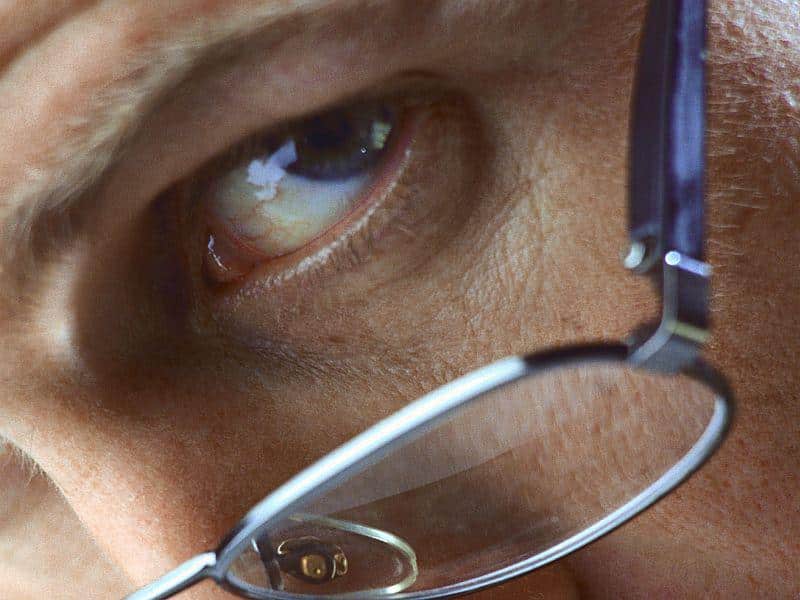
Retinal photographs were taken every six months until 1993, and then — in a follow-up study — once every four years until 2012. The study participants’ vision, advanced retinopathy status and general diabetes history were tracked for an average of nearly 29 years.
The researchers determined that those participants who had an average blood sugar level of 6 percent, but no signs of retinopathy, could forgo the annual screening in favor of just one exam every four years. Similar people with mild retinopathy should be screened once every three years, the team concluded.
By contrast, those with severe or moderate retinopathy would do well to get screened every three to six months, respectively, the study authors reported.
People with higher blood sugar levels (8 to 10 percent) might also need to be screened more often, the researchers cautioned.
On average, the new recommendations for people with type 1 diabetes would likely cut the need for eye exams in half over a two-decade period. That would translate into an overall savings of $1 billion, while ensuring that those facing the highest risk got more timely treatment, the researchers said.
The findings were published in the April 20 issue of the New England Journal of Medicine.
Nathan described the results as “definitive.” However, he said the jury is still out as to “whether the individualized frequency of eye examinations will be implemented by physicians” and followed by people with type 1 diabetes.
“The risk is that physicians may find it easier to schedule an annual eye examination compared with the new individualized schedule, which may be more difficult for physicians and patients to remember,” he acknowledged.
“However, most physicians and ophthalmology offices use computer programs — including reminder programs — for scheduling, so we think that this potential barrier should not be a substantial obstacle,” Nathan added.
Courtney Cochran, senior manager of media relations for the American Diabetes Association (ADA), noted that the ADA issued updated guidelines for retinopathy screenings in February.
The new recommendations now state that people with type 1 diabetes should start annual screenings within five years of their diabetes diagnosis. But those who remain free of retinopathy for a year or two may “consider” the option of less-frequent exams.
However, the ADA also said that if and when “any level” of retinopathy is detected, annual screenings are a must, while those with progressing retinopathy will require even more frequent screenings.
Dr. Jamie Rosenberg, who wrote an editorial that accompanied the study, suggested the new recommendations reflect “a trend toward reducing unnecessary screening for eye diseases.”
“The upside to this new screening protocol would be significant money saved for the health care system, in addition to time saved for both patients and doctors,” said Rosenberg, who is an associate professor of clinical ophthalmology and visual sciences at the Albert Einstein College of Medicine, in New York City.
Individualized schedules will make tracking patients more difficult, Rosenberg agreed. But, “this new screening protocol has great potential if adherence to the examination schedule could be assured.”
More information
There’s more on diabetes-related advanced retinopathy screenings at the American Diabetes Association.
Health Education Articles
Explore our library to stay on top of the latest trends, research, and helpful guidance based on your health needs.
Healthy Living
Stay informed on changes to everyday living that have a big impact on long-term health.
Diet & Nutrition
Get healthy recipes and advice proven to reduce risk of serious illnesses.
Disease Information
Discover the latest research about health issues often addressed by our services.